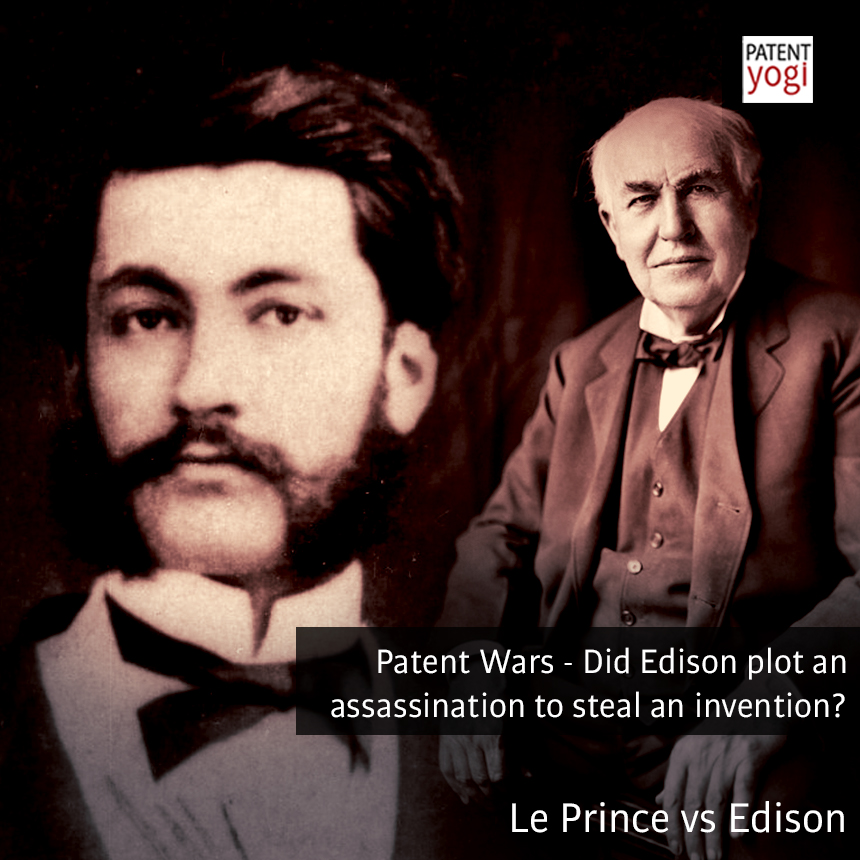
Louis Aimé Augustin Le Prince was a French inventor who shot the first moving pictures on paper film using a single lens camera. He has been heralded as the “Father of Cinematography”.
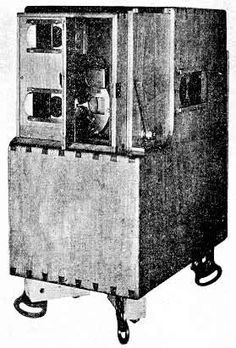
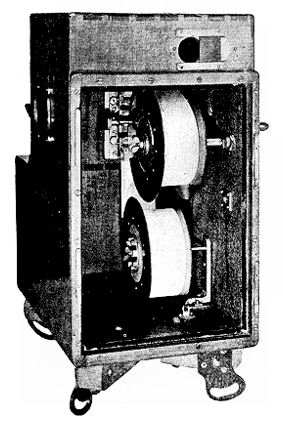
In October 1888, Le Prince filmed moving picture sequences Roundhay Garden Scene and a Leeds Bridge street scene using his single-lens camera and Eastman’s paper film. These were several years before the work of competing inventors such as Auguste and Louis Lumière and Thomas Edison. Edison applied for his first moving picture patents in 1891, with the first kinematograph parlours opening in New York in 1894.
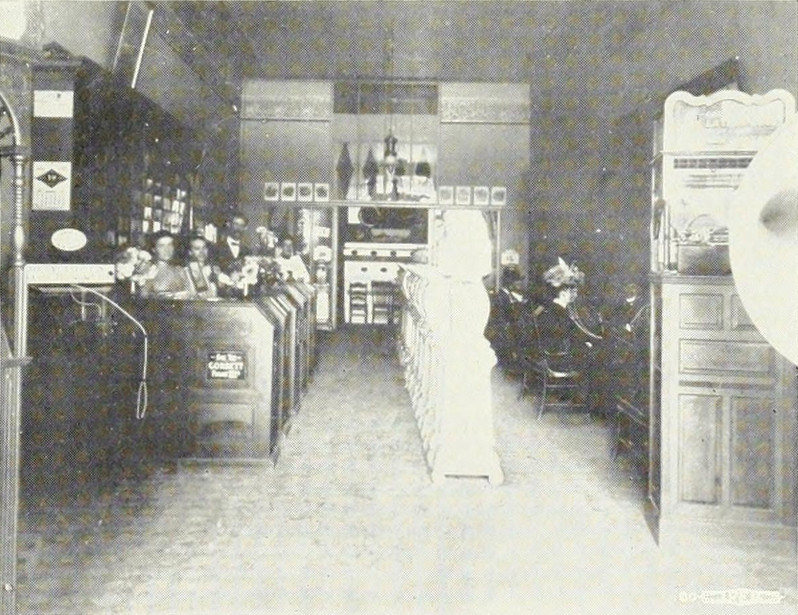
In September 1890, Le Prince was preparing to go back to the UK to patent his new camera, to be followed by a trip to the US to promote it. He left Bourges on 13 September to visit his brother in Dijon. He would then take the 16 September train to Paris, but when the train arrived, his friends discovered that Le Prince was not on board. He was never seen again by his family or friends. No luggage or corpse was found in the Dijon-Paris express, nor along the railway. No one saw Le Prince at the Dijon station, except his brother. No one saw Le Prince in the Dijon–Paris express after he was seen boarding it. No one noticed any strange behavior or aggression in the Dijon-Paris express. He mysteriously disappeared.
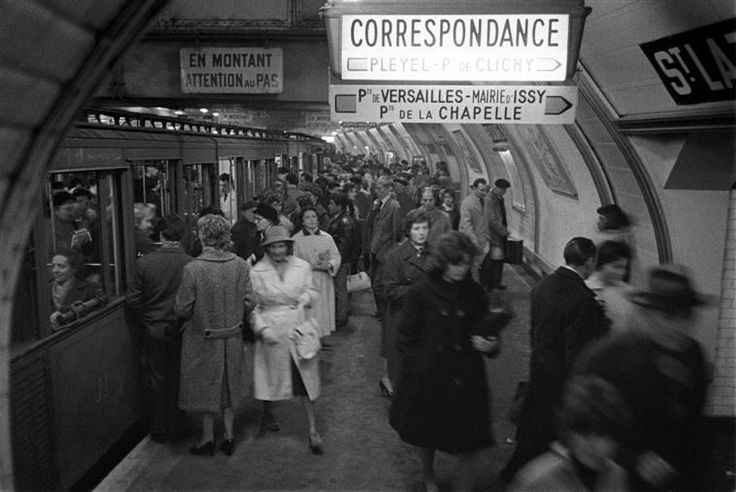
Le Prince family’s had suspicions that Edison plotted the assassination over patents (the Equity 6928). At the time that he vanished, Le Prince was about to patent his 1889 projector in the UK and then leave Europe for his scheduled New York official exhibition. His widow assumed foul play though no concrete evidence has ever emerged.
Not long after Le Prince’s disappearance, Thomas Edison tried to take credit for the invention. But Le Prince’s widow and son, Adolphe, were keen to advance his cause as the inventor of cinematography. In 1898 Adolphe appeared as a witness for the defence in a court case brought by Edison against the American Mutoscope Company, claiming that Le Prince was the first and sole inventor of cinematography (and thus entitled to royalties for the use of the process). He was not allowed to present the two cameras as evidence (and so establish Le Prince’s prior claim as inventor) and eventually the court ruled in favour of Edison; a year later that ruling was overturned.
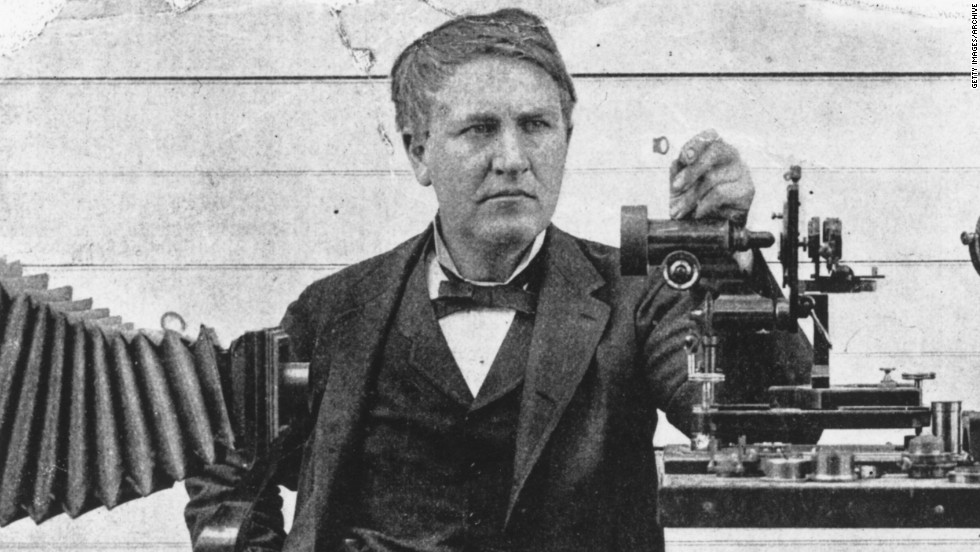
Adolphe, however, did not live to hear the reversed verdict. One afternoon in July 1901, he was found dead with his duck hunting gun at his side near the family summer cottage on Fire Island in New York State. It may have been suicide; it could have been an accident. But Le Prince’s widow was convinced it was a second murder: the boy knew too much and had said so in court.
Le Prince’s patents, the cameras, and the photographs all speak for themselves. A reprinted version of the Leeds Bridge footage plays today for visitors to the Leeds Industrial Museum. There may be fewer than 20 frames, but they clearly work, and Le Prince’s achievements pre-date the accomplishments of those with far greater reputations. What ultimately seems to separate Le Prince from the rest is that he never made any money from his invention.
(This article is includes paraphrased content from two sources: https://en.wikipedia.org/wiki/Louis_Le_Prince and https://www.timeshighereducation.com/features/a-movie-murder-mystery/147314.article)

